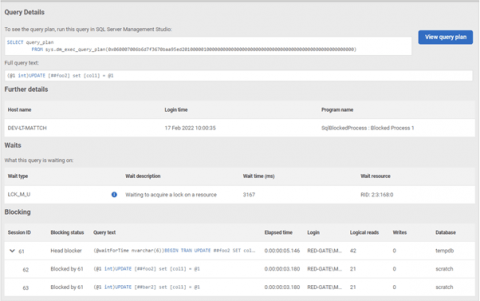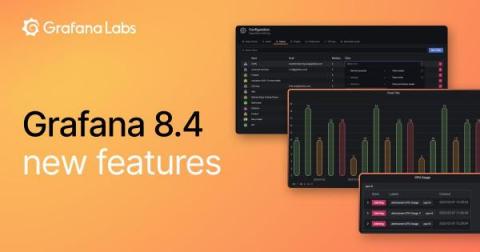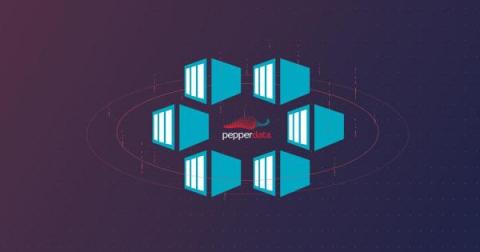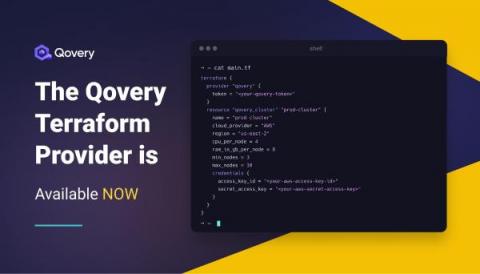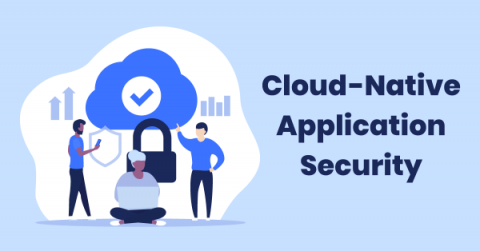Operations | Monitoring | ITSM | DevOps | Cloud
Product Release
Grafana 8.4 release: new panels, better query caching, increased security, accessibility features, and more!
Grafana 8.4 is here! Get 8.4 This release includes a variety of updates focused on making Grafana easier to use, improving performance, and keeping your data secure. For a full list of new features and capabilities, check out our What’s New in Grafana 8.4 documentation. You can get started with Grafana in minutes with Grafana Cloud. We have free and paid Grafana Cloud plans to suit every use case — sign up for free now.
Get powerful insights across your infrastructure with new data filters
Would your organization benefit from having powerful, yet easy-to-use filters to inspect your nodes? With our latest Continuous Delivery for Puppet Enterprise release, we’ve updated the filters in the user interface to support more advanced queries. SysAdmins, developers, DataOps, and IT managers will all benefit from having access to these powerful filters.
Pepperdata Now Supports Azure Kubernetes Service
GitKraken Client v8.3: Now 2x Faster for Apple Silicon Users
What do Olympic speed skaters and developers have in common? They have a need…a need for speed. 😏 Nobody likes moving slow, no matter if you’re competing for the gold, or just trying to deploy an awesome new feature. The GitKraken team has been hard at work making sure all GitKraken Client users, especially macOS users, have the speediest experience possible when leveraging our legendary Git client to collaborate with teams.
Broadcom Software Launches Cloud-Based Log Analytics Service for Data-Driven Network Visibility
Human operators utilizing traditional network monitoring software with methods like SNMP, ping, or flow tracking are still limited to diagnosis and triage issues within the four walls of the on-premise data center. But with increased adoption of cloud, SD-WAN and “work from anywhere,” application workloads are getting more distributed and creating network monitoring visibility gaps.
The Qovery Terraform Provider is Available Now
Usual Performance Suspects: Introducing Suspect Spans
A trace is the end-to-end journey of one or more connected spans and a span is an operation or “work” taking place on a service. So when it comes to debugging a performance issue, being able to pick out slow spans out of a line up is the fastest way to seeing the root cause and knowing how to solve it. Suspect Spans surfaces a list of spans that correspond to where the most time in a transaction is spent.
Why you need Tigera's new active cloud-native application security
First-generation security solutions for cloud-native applications have been failing because they apply a legacy mindset where the focus is on vulnerability scanning instead of a holistic approach to threat detection, threat prevention, and remediation. Given that the attack surface of modern applications is much larger than in traditional apps, security teams are struggling to keep up and we’ve seen a spike in breaches.
Just Launched ValidKube. Here Are 7 Other K8s Open Source Projects We Love!
I am excited to share that we’ve just launched our first open source project called ValidKube. The idea behind Validkube is to fuse together the capabilities of three other popular open-source projects (kubeval, kubectl-neat and trivy by Aqua) and present them in a single view, providing users with a way to ensure YAML code hygiene and security, all at the same time and with just a few clicks of the button.


